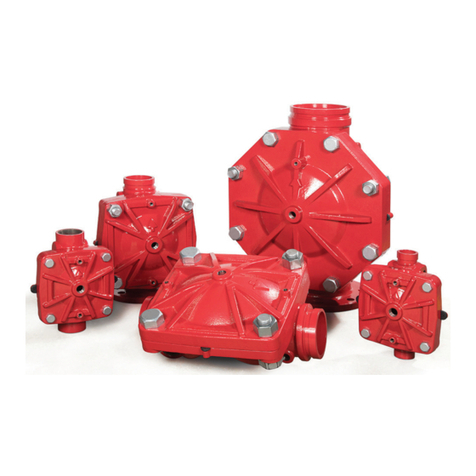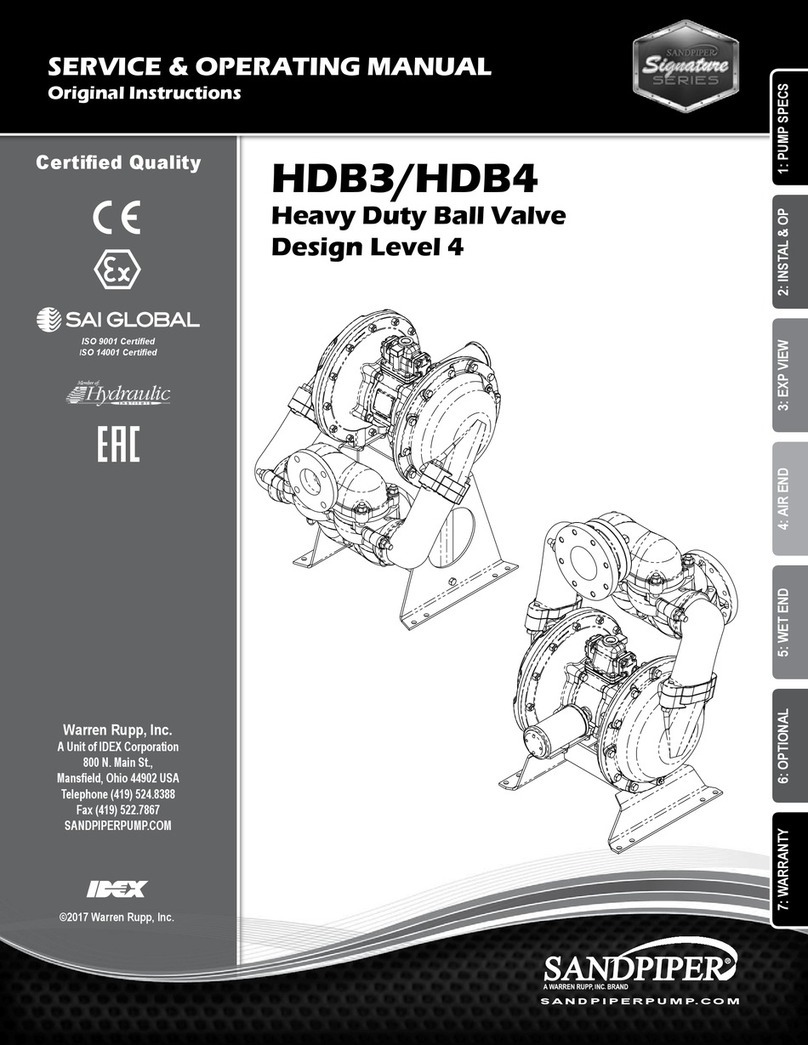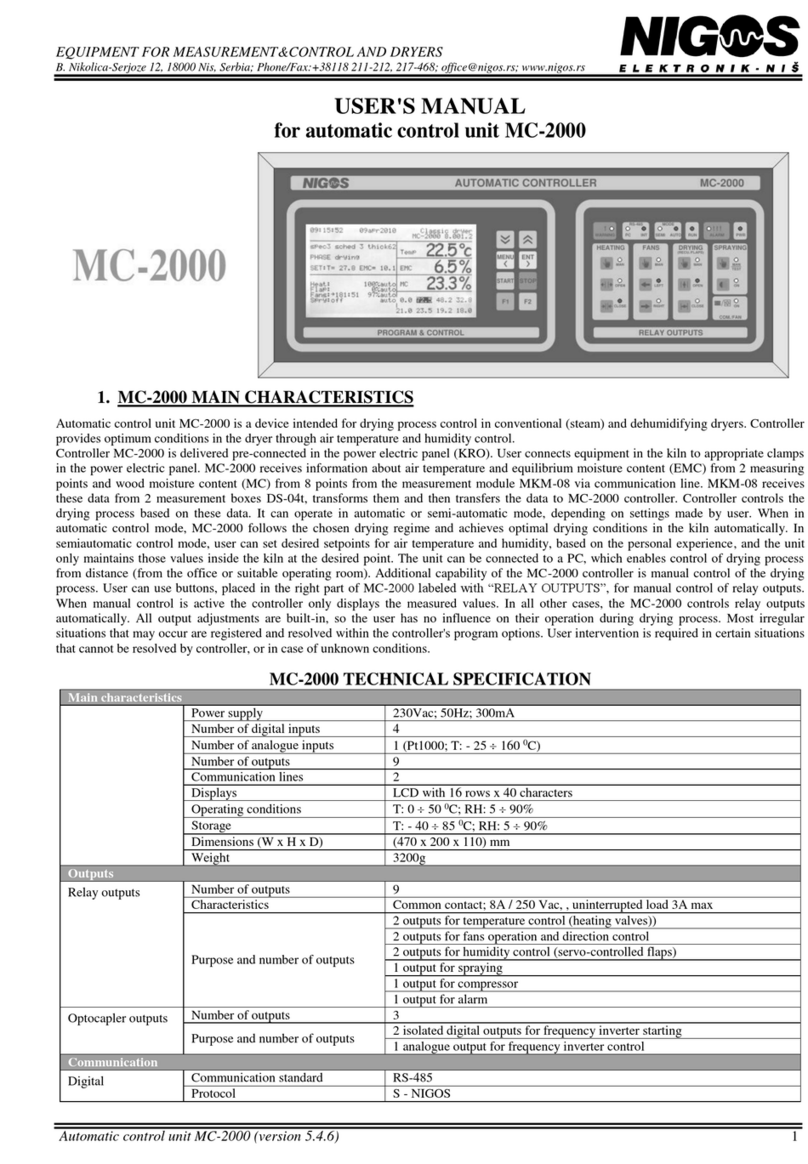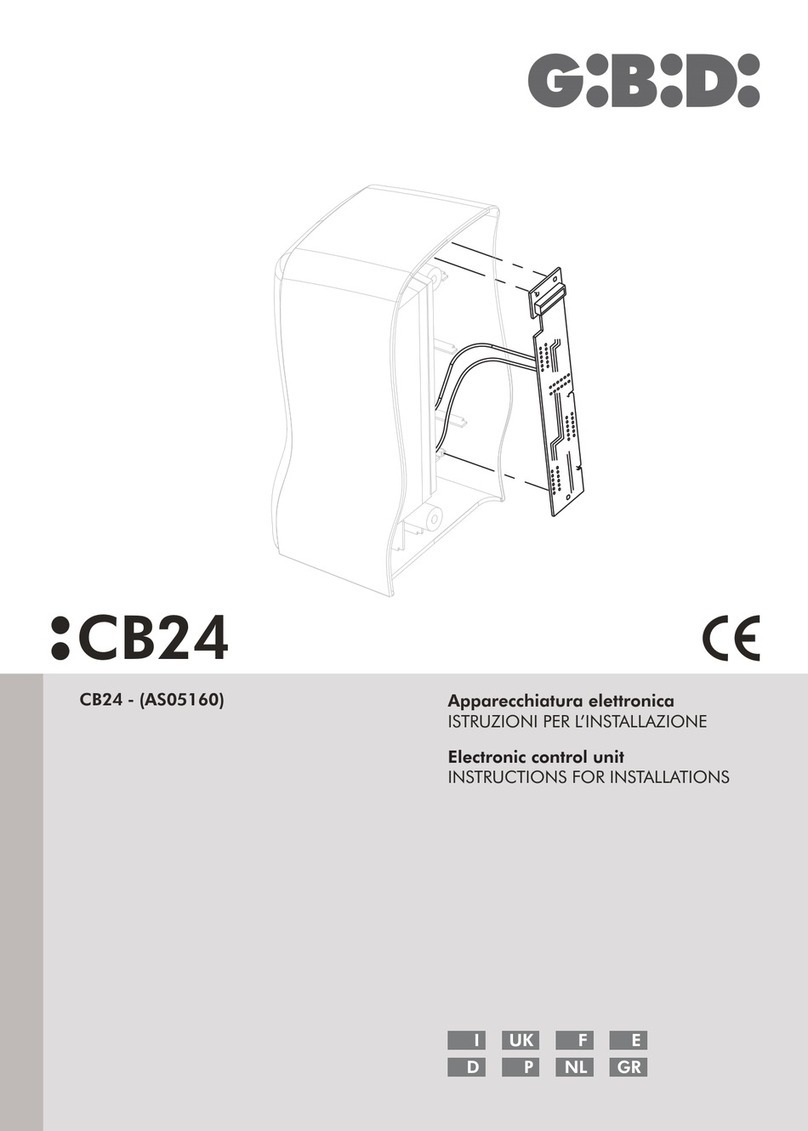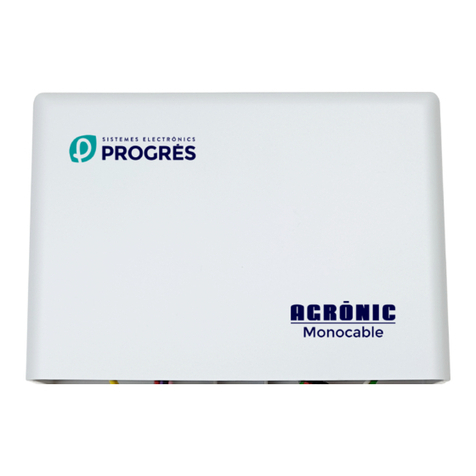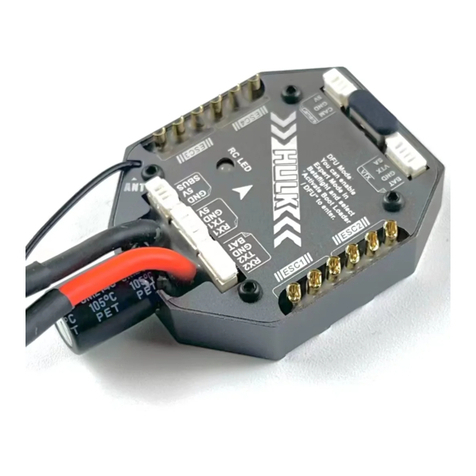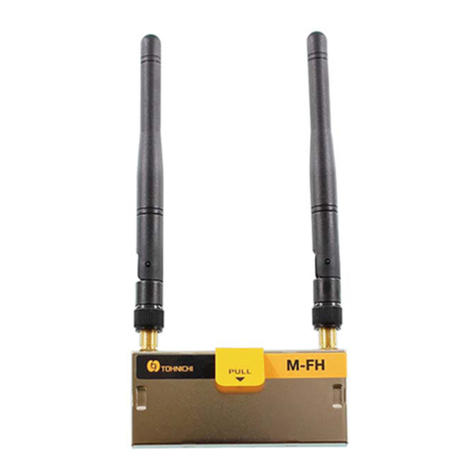Sielco Elettronica D1-15A User manual

D1-15A analog module
User’s guide

D1-15A analog module
User’s guide
Version: 11 February 2003
Sielco Elettronica S.r.l.
via Edison 209 20019 Settimo Milanese (MI ) – Italia
http://www.sielcoelettronica.com
info@sielcoelettronica.com
Tel.+39 ( 0 )2 48916252
Fax +39( 0) 2 45329627

Contents
1 Installation.................................................................................................................1
1.1 Packaging check .......................................................................................................... 1
1.2 Dimensions.................................................................................................................. 2
1.3 Fixing method ............................................................................................................. 2
1.4 Physical module description........................................................................................ 3
1.5 Supply.......................................................................................................................... 4
1.6 Inputs........................................................................................................................... 5
1.6.1 Analog inputs for linear sensors................................................................... 5
1.7 Serial communication.................................................................................................. 6
1.7.1 Serial link ..................................................................................................... 6
1.7.2 Communication protocol.............................................................................. 7
1.7.3 Device identification .................................................................................... 7
1.7.4 Serial cable ................................................................................................... 8
1.8 Earth wiring and shielding .......................................................................................... 8
1.8.1 Earth wiring.................................................................................................. 8
1.8.2 Linear sensor wiring..................................................................................... 8
2 Operation...................................................................................................................9
2.1 Application .................................................................................................................. 9
A Gates list................................................................................................................. 10
A.1 Numeric Gates (Holding Registers) ......................................................................... 10


1.1 Packaging check
1
1 Installation
1.1 Packaging check
Before starting installation, it is necessary to check that the packaging
contents is in compliance with your order. In the packaging there must be:
- # 1 D1-15A series module
- # 1 instruction manual
Check that the model code is in compliance with the ordered code and
verify that the manual edition correspond to the purchase year.
The models are:
D1-15A 6 voltage sensors (from 0 to 10 V) or current sensors (from 0
to 20 mA), individually selectable by jumpers
Analog inputs have the following features:
- Precision : ±0,05 % full scale
- Resolution : 15 bit
- Input impedance (0-20mA): 20 ohm
D1 series modules are covered by 1 year of warranty except for damages
caused by tampering or wrong wiring.
The label on the modules backside certificates the purchase date.

1 Installation
2
1.2 Dimensions
The D1-15A modules dimensions are shown in figure 1.1.
Figure 1.1 - D1-15A module dimensions
1.3 Fixing method
All D1 series products are provided by a plastic support for fixing on
normalized DIN EN rail and by a shielding serigraphed cover.
On the cover there are schematic mounting indications; in grey areas are
shown the interface circuits that are inside the module, in yellow areas
common use sensors and actuators to be connected externally.
The cover serigraph provides only a general wiring diagram and cannot
show every possible connection cases; for this reason it is necessary to
read carefully this manual before starting module installation.
Do not use excessive pressure on the cover, mounting or dismounting the
module on the rail. Remember to do these operations with supply voltage
switched off or not connected.

1.4 Physical module description
3
1.4 Physical module description
Figure 1.2 - D1-15A scheme

1 Installation
4
Description
[C1] RS422/485 serial channel connector
[C2] +24 Vdc supply connector
[M1] Analog inputs screws
[M2] Analog sensors inputs screws
DIPSW Protocol and device address selection dipswitch
Led LA Supply led
Led LM Selftest led (normally blinking)
Led TX Transmitted data led
Led RX Received data led
422 485 RS422 or RS485 line selection jumper
[C1] - RS422/485 serial channel connector
RS422
RS485
1
RX– 1
N.C.
2
RX+ 2
N.C.
3
TX– 3
TX–/RX–
4
TX+ 4
TX+/RX+
[C2] - +24 Vdc supply connector
POWER
1
+24 Vdc
2
FIELD GND
3
MECH. GND
1.5 Supply
The module needs a 24 Vdc (18V < Vdc < 36V) supply by [C2] connector
and absorb a maximum current Icc=70 mA at 24 Vdc.
The negative power supply must be connected to pin #2 of [C2] connector.
After power is turned on, check that LA led is on.

1.6 Inputs
5
1.6 Inputs
1.6.1 Analog inputs for linear sensors
To D1-15A series modules can be connected 0-10V or 0-20mA/4-20mA
linear sensors. Input channels can be configured individually as voltage or
current using jumpers from J15 to J20 (closed for current inputs).
For a 0-10V output sensor connection connect, for each set of three screws,
positive sensor signal to the screw called IN and the negative sensor signal
to the 0V one, as shown in figure 1.3.
0 -10 V
1
2
3
+24 IN 0V
+ -
Figure 1.3 - 0-10V linear sensor wiring
For a current output sensor connection, it is necessary to distinguish 2
cases:
A) linear sensor supplied by the D1-15A module; supply the sensor
through the screw called +24V and connect the sensor signal to screw
called IN (fig. 1.4A);
B) linear sensor esternally supplied; supply the sensor through an
external power source and connect its negative to the screw called 0V
and connect sensor signal to the screw called IN (fig. 1.4B).
Figure 1.4 - Connection of 4-20 mA linear sensors supplied by the D1-15A
module (case A) or by an external power source (case B)

1 Installation
6
In case of disturbance, can be useful to use shielded cable and connect the
cable shield to the screw called 0V.
1.7 Serial communication
1.7.1 Serial link
To connect to D1 modules, it is necessary to use a RS422/485 serial
interface that usually are not standard equipment in personal computers.
SIELCO produces C1-25 model, a RS232-RS422/485 serial interface
converter with triple optical isolation that can be connected to PC serial
port (COM) and to D1-15 [C1] connector as shown in table 1.1.
C1-25 D1-15A
# RS-422 RS-422 #
1 GND ←→ GND 2 C2
2 RX– ←→ TX– 3 C1
3 RX+ ←→ TX+ 4 C1
4 TX– ←→ RX– 1 C1
5 TX+ ←→ RX+ 2 C1
6 0 V
7 +24 V
C1-25 D1-15A
# RS-485 RS-485 #
1 GND ←→ GND 2 C2
2 n.c. n.c. 1 C1
3 n.c. n.c. 2 C1
4 TX–/RX– ←→ TX–/RX– 3 C1
5 TX+/RX+ ←→ TX+/RX+ 4 C1
6 0 V
7 +24 V
Table 1.1 - C1-25 - D1-15A (RS 422/485) wiring
D1-15A modules are provided with configurable serial interface
RS422/485, normally configurated as RS485. To change configuration you
have to move the 422/485 jumper placed upper on the printed circuit
board.

1.7 Serial communication
7
1.7.2 Communication protocol
Software communication protocol is realised according to ModBus ASCII
or RTU standard: protocol selection is made by #2 selector of dipswitch
(ON=RTU, OFF=ASCII).
The baudrate selection is made by #1 selector of dipswitch (ON=19200,
OFF=9600).
ASCII protocol features
Baud rate 9600 / 19200
Data bits 7
Parity bit even
Stop bit 1
RTU protocol features
Baud rate 9600 / 19200
Data bits 8
Parity bit none
Stop bit 1
NOTE
At power on, the device waits 4 seconds to communicate.
1.7.3 Device identification
To D1-15A can be assigned an identification address between 1 and 31
through binary notation, using selector from 4 to 8 of dipswitch (see table
1.2).
ADDRESS
1 2 3 4 5 6 7 8
BAUD PROT.
252423222120
ON
19200
RTU
OFF
9600 ASCII
Table 1.2 - Address configuration using dipswitch
NOTE
Address 0 is reserved.

1 Installation
8
1.7.4 Serial cable
Use shielded cable with one (RS-485) or two (RS-422) twisted pair in
compliance with EIA RS-485 or EIA RS-422; using the shield for ground.
Recommended cable: Belden 9841 (RS-485);9842 (RS-422)
Maximum signal loss: 6 dB
Maximum line capacitance: 100 nf
Maximum line length: 1200 m
Line impedance: tra 100 e 120 ohm
1.8 Earth wiring and shielding
1.8.1 Earth wiring
It is suggested to make the following earth:
- device mechanical ground (pin #3 of [C2] connector) goes
directly to earth;
- the power supply negative signal (pin #2 of [C1] connector)
must be connected to a local earth.
It is important that device grounds are connected to earth independently; it
is also important to avoid to share the same wire path with power devices
as inverter, drives etc.
1.8.2 Linear sensor wiring
Follow these shielding rules particularly in environment noise affected by
power devices (motor driver , power contact etc.).
- use shielded and twisted cables for sensors connection;
- keep connection cables as short as possible;
- it's better to make differents canalizations for analog signals
and power signal conductors;
- connect all sensors cable metal shields at pin 3 of [C2]
connector;

2.1 Application
9
2 Operation
2.1 Application
D1-15A module is provided with 6 analog inputs
Analog signals can be voltage (0-10 V) or current (0-20 mA); in the first
case the acquired value is recorded on a range from 0 to 10000; for
example the value of 7500 means 7.500 Volt (V1, …, V6 gates). In current
input case, the acquired value is recorded on a range from 0 to 20000 and
for example the value of 12000 means 12.000 mA(C1, …, C6 gates).
Numeric values are available through the numeric reading gates (N1, …,
N6 gates).
Error gates indicate the presence of an input signal reading
"Restart number" gate is only for diagnostic use and gives an indication of
the electrical disturbances presence.

A Gates list
10
A Gates list
A.1 Numeric Gates (Holding Registers)
Address Description ID Byte Limits R/W
00 Restart number Rs 1 0: 255 R/W
08 Channel #1 numeric value N1 2 0 - 32767 R
09 Channel #2 numeric value N2 2 0 - 32767 R
10 Channel #3 numeric value N3 2 0 - 32767 R
11 Channel #4 numeric value N4 2 0 - 32767 R
12 Channel #5 numeric value N5 2 0 - 32767 R
13 Channel #6 numeric value N6 2 0 - 32767 R
14 Channel #1 voltage value (mV) V1 2 0 - 10000 R
15 Channel #2 voltage value (mV) V2 2 0 - 10000 R
16 Channel #3 voltage value (mV) V3 2 0 - 10000 R
17 Channel #4 voltage value (mV) V4 2 0 - 10000 R
18 Channel #5 voltage value (mV) V5 2 0 - 10000 R
19 Channel #6 voltage value (mV) V6 2 0 - 10000 R
20 Channel #1 current value (µA) C1 2 0 - 20000 R
21 Channel #2 current value (µA) C2 2 0 - 20000 R
22 Channel #3 current value (µA) C3 2 0 - 20000 R
23 Channel #4 current value (µA) C4 2 0 - 20000 R
24 Channel #5 current value (µA) C5 2 0 - 20000 R
25 Channel #6 current value (µA) C6 2 0 - 20000 R
25 Analog errors eA 1 00h:FFh R

A.1 Numeric Gates (Holding Registers)
11
Analog errors – eA
(for each bit: 0 = OK / 1 = KO)
bit 0 10V reference
bit 1 Analog #1
bit 2 Analog #2
bit 3 Analog #3
bit 4 Analog #4
bit 5 Analog #5
bit 6 Analog #6
bit 7 Analog #7
Table of contents
Other Sielco Elettronica Control Unit manuals
Popular Control Unit manuals by other brands
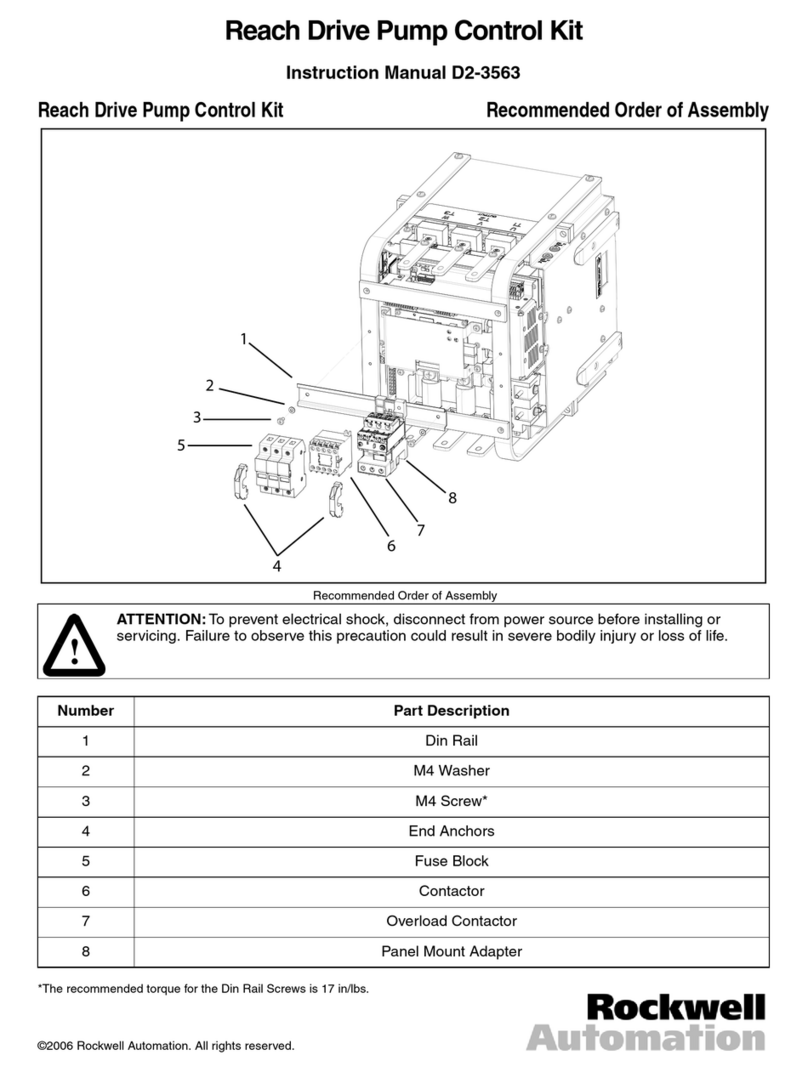
Rockwell Automation
Rockwell Automation D2-3563 instruction manual

Sharp
Sharp NU-JC410 installation manual
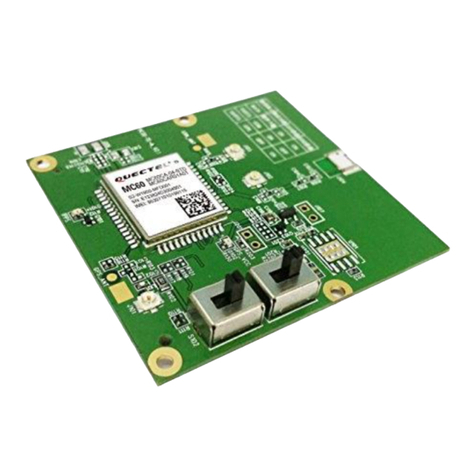
Quectel
Quectel MC60-TE-A user guide
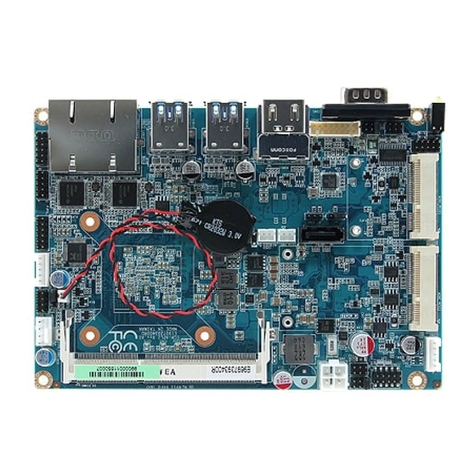
Avalue Technology
Avalue Technology ECM-APL2-A user manual
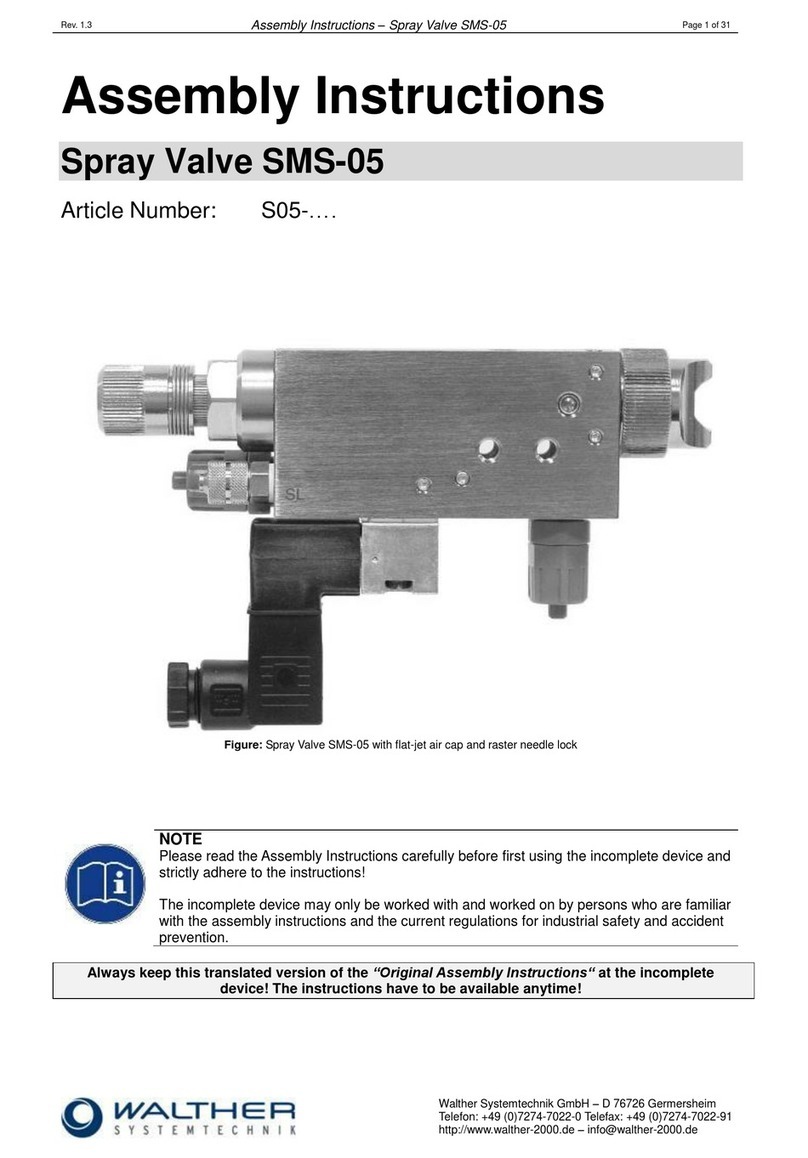
Walther Systemtechnik
Walther Systemtechnik SMS-05 Assembly instructions

Marshall Excelsior
Marshall Excelsior Excelerator ME993-16 Installation and operation

